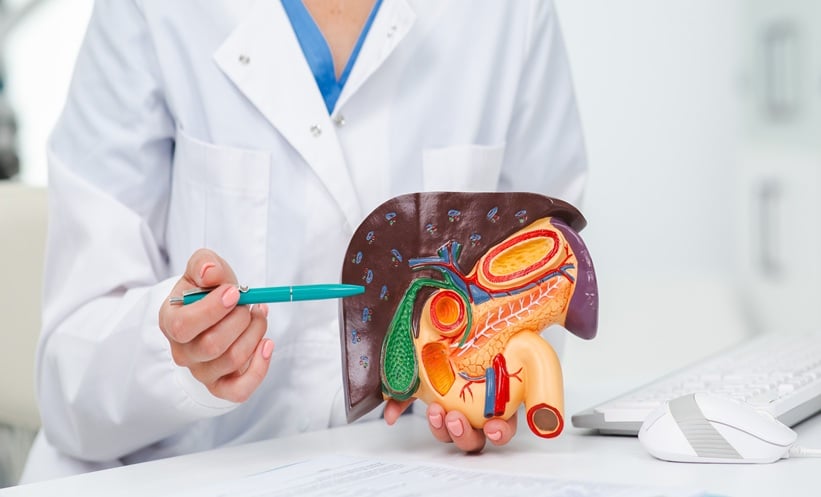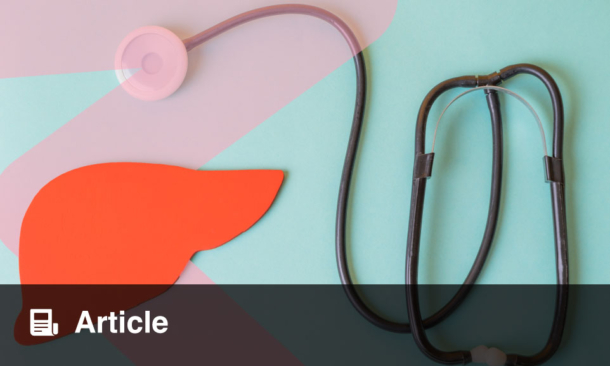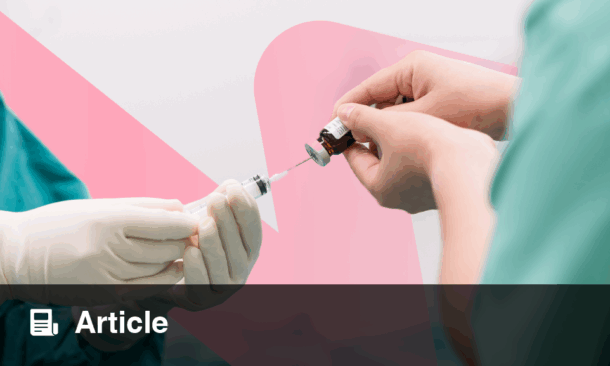A NEW study using data from the National Health and Nutrition Examination Survey (NHANES) has identified a strong link between insulin resistance and gallstone disease, highlighting the estimated glucose disposal rate (eGDR) as a valuable tool in assessing risk. Gallstone disease, a common gastrointestinal condition affecting 10–15% of adults in the USA, is associated with high healthcare costs and frequently leads to abdominal pain, hospitalisation, and surgery.
This study focused on eGDR, a widely accessible proxy for insulin sensitivity derived from waist circumference, hypertension status, and HbA1c levels. Researchers found a clear inverse relationship between eGDR and gallstone prevalence: lower eGDR values, indicating higher insulin resistance, were associated with an increased risk of gallstones. In fully adjusted models, each unit increase in eGDR corresponded to a 23% decrease in gallstone prevalence.
The association was particularly strong in females, individuals with obesity (BMI ≥ 30), and younger participants. This suggests that insulin resistance plays a key role in gallstone formation regardless of weight or diabetic status. The relationship between eGDR and gallstones remained consistent across both diabetic and non-diabetic groups.
Insulin resistance contributes to gallstone formation by altering cholesterol and bile metabolism, particularly through hepatic mechanisms involving bile acid regulation. These metabolic disruptions increase cholesterol secretion into bile, leading to the formation of gallstones.
While the study benefits from a large and representative sample, its cross-sectional design limits conclusions about causality. Still, the findings suggest eGDR could be used in clinical settings to identify high-risk individuals early and guide lifestyle interventions aimed at improving insulin sensitivity.
In conclusion, this study supports the role of eGDR as a useful, cost-effective marker for gallstone risk assessment. It reinforces the importance of managing insulin resistance through lifestyle changes to reduce gallstone risk and improve metabolic health across diverse populations. Further longitudinal research is needed to confirm causality and refine risk thresholds.
Reference
Wang Z et al. Association between estimated glucose disposal rate and gallstone risk in US adults based on NHANES 2017 to 2020. Sci Rep. 2025;15(1):26509.








